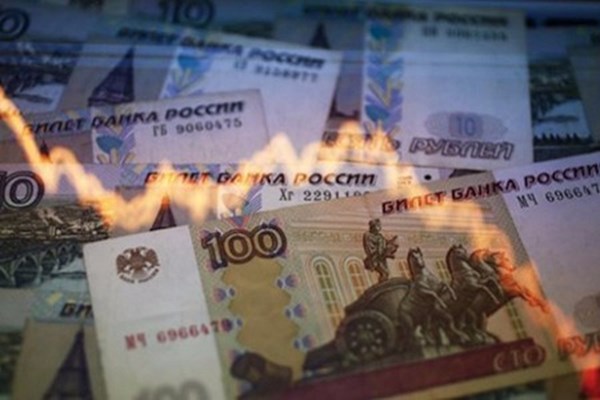Media: Russia’s 2008-2020 development plan is unfeasible
The long-term socio-economic development targets for 2020 that Russia set itself in 2008 have proven to be unfeasible, the RBC news agency concluded on the basis of its own analysis. The analysts recognize that the deadline has been extended for a number of targets since they became national targets, marked by Russian President Vladimir Putin’s decree in May 2018. Nevertheless, the dynamics of the economic indicators in recent years have shown that the goals of the plan cannot be achieved within the stipulated time frame.
According to the plan, Russia was supposed to become one of the world’s top 5 countries by GDP. At the end of 2018, Russia was in 6th place (3.2% of the global GDP), 0.1% behind Germany. By 2020, the real GDP was supposed to have grown by 64-66% compared to 2012. However, between 2013 and 2019 the growth was effectively only 5.8%.
Russia also aimed to increase its citizens’ real disposable income by 64-72% between 2012 and 2020. However, citing data from the Russian State Statistics Service (Rosstat), RBC notes that a steady negative trend has been observed since 2014, with approximately zero growth recorded only in 2018. In 2019, Rosstat reported that real incomes had grown by 3%, but this was doubted by many economists. Overall, between 2012 and the present, Russians’ real disposable incomes have not only failed to grow, they have actually shrunk by 5% according to official data.
Finally, the target reduction in the level of absolute poverty from 13.4% (2007) to 6-7% by 2020 will also not be achieved. The poverty level did decrease between 2008 and 2012, with the proportion of the population below the subsistence level dropping to 10.7%, but there was subsequently a reverse trend, and by the end of 2016, the poverty level had reached 13.3%. After the second quarter of 2019, Rosstat reported a figure of 12.7%, meaning that 18.6 million Russians are below the poverty line.
